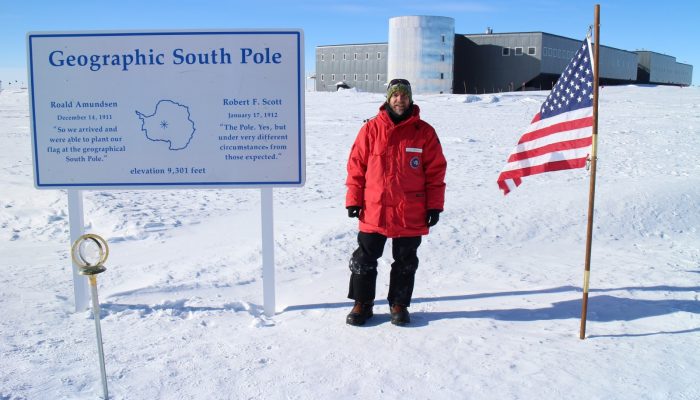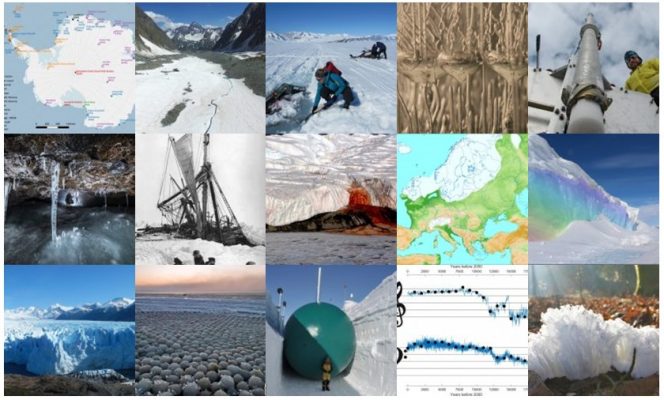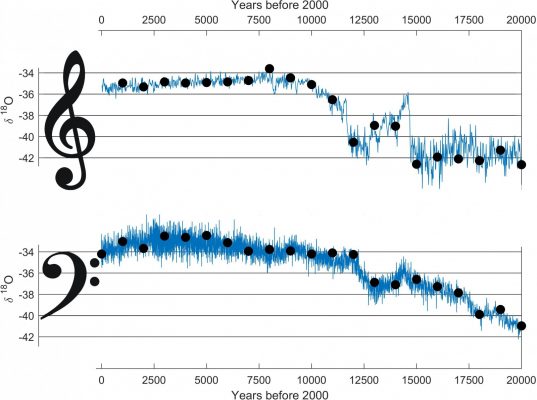Dragon-skin ice may sound like the name of an episode of the Game of Thrones fantasy franchise. However, this fantasy name hides a rare and bizarre type of ice formation that you can see in our Image of the Week. It has been recently observed by the “Polynyas, ice production and seasonal evolution in the Ross Sea” (PIPERS) research team in Antarctica. This bizarre phenomenon caused by ...[Read More]
Image of the Week – The birth of a sea-ice dragon!








